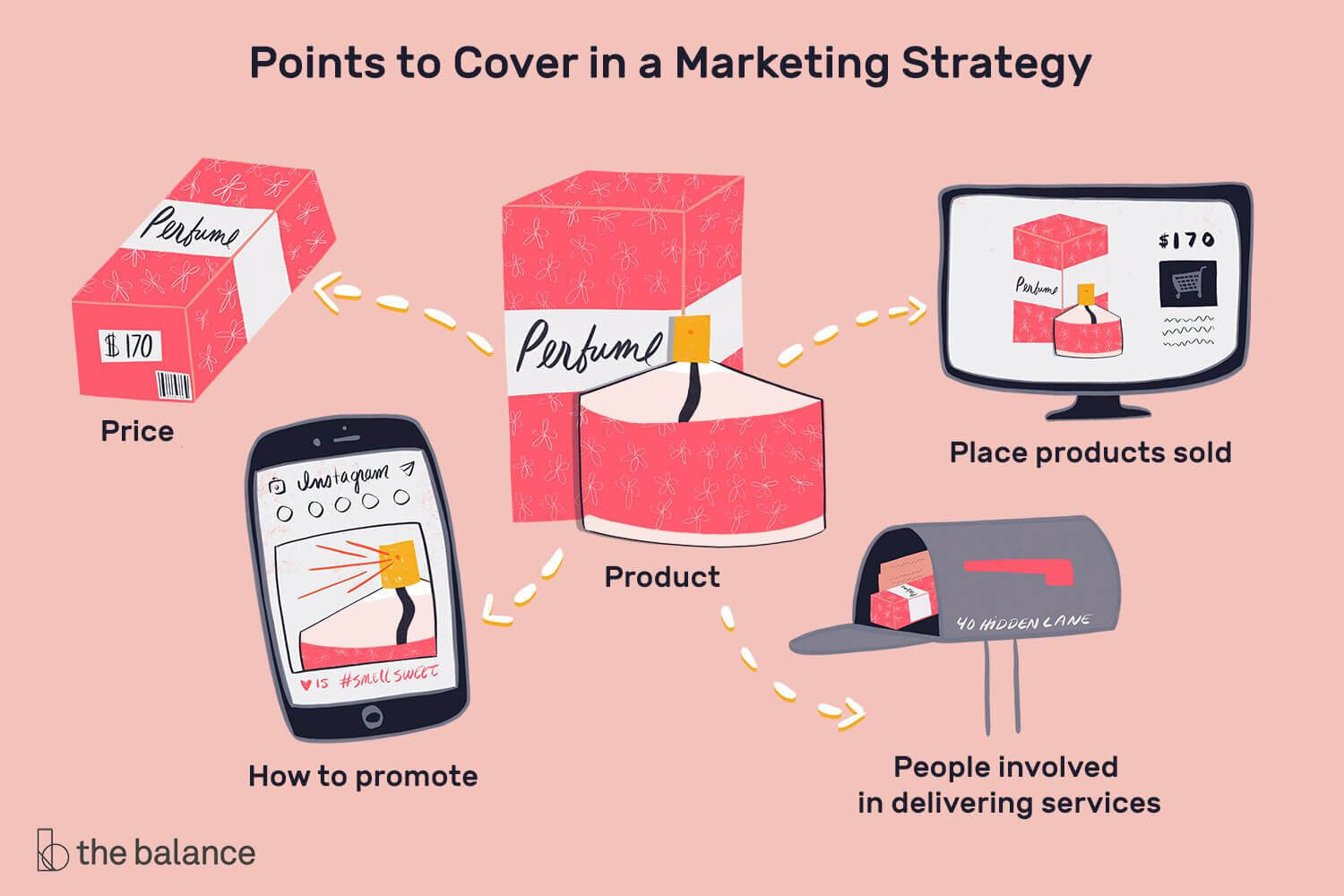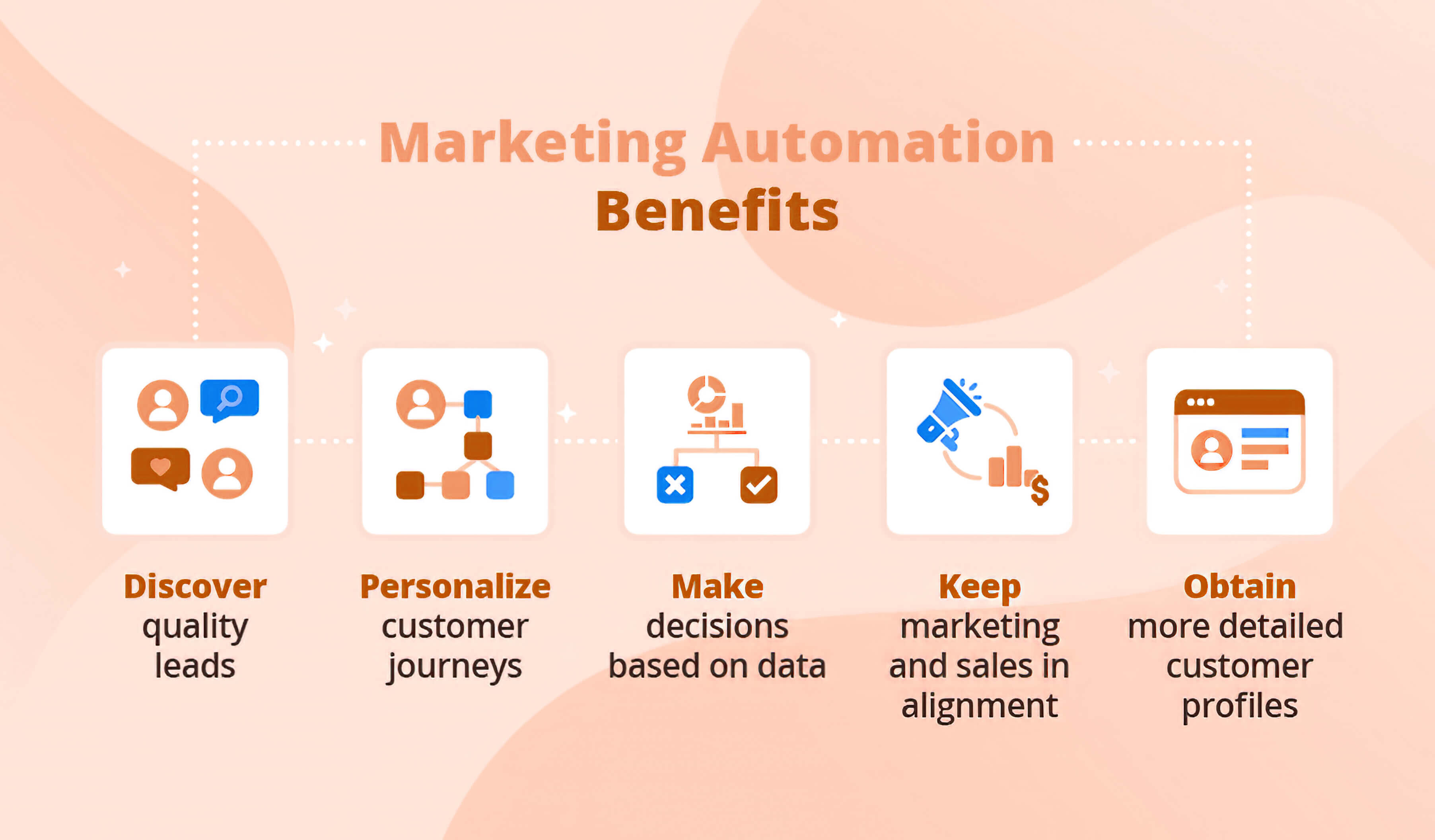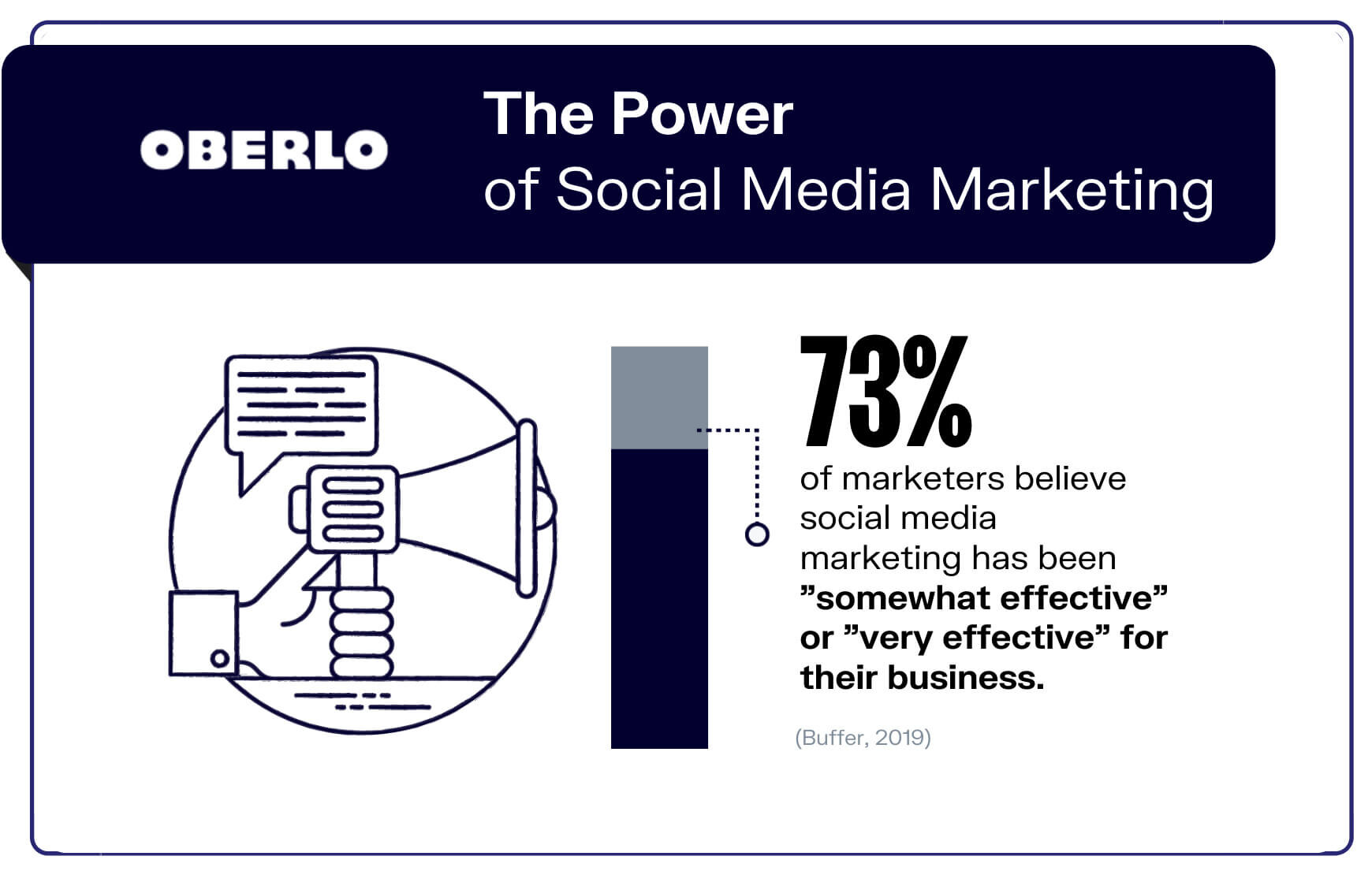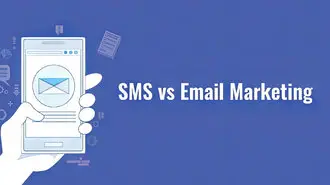Feeling frustrated with low conversion rates even after putting in a lot of effort into your digital marketing? It’s time to uncover the reasons and take action to fix it.
But before that, let us tell you you are not the only one. Many businesses, particularly startups and small businesses, fail to implement a successful digital marketing strategy that helps turn mere website visitors into potential customers.

Whether it’s about reaching the right audience or choosing the right digital channels, there’s a lot to consider—including your content creation strategies. Don’t worry, though; this article explores why your digital marketing might be missing the mark and how you can boost your sales.
So, let’s explore why digital marketing fails and how to tackle these issues effectively without further ado.
Top 7 Digital Marketing Mistakes That You Should Avoid Making
Here are seven digital marketing mistakes you’ll want to avoid right away:
1. Not Utilising A Well-Defined Strategy
Perhaps the prevalence of inbound marketing failures can be attributed to not having a clear content strategy. You might think having a digital marketing strategy means using a little bit of SEO, creating content occasionally, and making Facebook posts now and then. But unfortunately, that will not work every time, at least not in the long run.

That’s why you need to focus on long-term planning and projection by giving more priority to strategy than tactics. You don’t need to be available on every social media platform or communication channel; focus on the appropriate platforms for your business. This way, you will be able to bring better results.
We strongly recommend documenting your strategy to ensure the ones you will take down the road. This will ensure you are goal-driven and consistent with your digital marketing tactics.
Also, create a pragmatic marketing budget as a part of your marketing strategy. Always remember that a decent and realistic digital marketing budget is crucial to ensure you have the resources to achieve the desired results, particularly in search engine marketing.
Long story short, practical and essential digital and content marketing strategies could help create a marketing machine to bring a higher return on investment and sustained organic growth.
2. Not Delivering Content At Each Stage Of The Customer Journey
One of the widespread instances of content marketing failure many marketers often make is that they don’t deliver content at each stage of the customer journey. Believe it or not, there are several stages that your website visitors go through before they become a customer; the different stages are:
- Awareness
- Consideration
- Buying
- Retention
- Advocacy
Let’s learn about these stages in detail:
a) Awareness Stage
This is the first step of the customer journey, where people realise they have a problem and look for ways to solve it. They seek to read blog articles and eBooks that might assist them in situations where they need to narrow down their general inquiries into something more focused.
b) Consideration Stage
Next comes the consideration stage, where people have figured out their exact problem and want to find a real solution. In this stage, they look for multiple resolutions (including the one you offer). So, ensure that you provide content that establishes your product or service as the finest available of the lot.
c) Buying Stage
As far as the buying stage is concerned, it is when the customer has made up their mind to purchase something. Thanks to the content you created for the consideration stage, you have been established as an option. You must ensure that your buying pages provide the solution quickly and effectively.
d) Retention Stage
In the retention stage, customer feedback is key to ensuring long-term solutions. The aim is to build a lasting relationship so that customers continue using your services. Maintaining high content quality and consistently delighting your audience shows your ongoing support, making their lives easier.
Using social media platforms, newsletters, and email engagements, you can tailor your content and interactions, keeping your audience engaged and invested.
e) Advocacy Stage
Last but not least, there is the advocacy stage, where you want to ensure that all the existing customers turn into loyal advocates for your business. For this, you must keep nurturing the relationship with them by creating informational videos and articles to help them make the most out of your service or product.
Don’t concentrate on creating just one kind of content, as these stages are part of your broader digital marketing strategy. Remember that every piece of content within your content marketing strategy – videos or articles – should address a specific stage of the customer journey and cater to different brands’ needs.
Furthermore, you must ensure that you target the content to the right audience for effective results. This means curating the website content while keeping the customer journey map in mind, which is an absolute must to set you apart. You could also use paid search ads.
It’s hard to cater to users at different stages of the customer journey funnel as they often use varied phrases while searching for what they want. Hence, we highly recommend you do keyword research for every stage and target those keywords in your PPC (pay-per-click) strategy.
You need to know your target audience and what they search for at every step of the marketing funnel. You can ensure a better conversion rate by serving the right type of content at the right time.
3. Not Utilising Automation Tools
Not understanding the scale of digital marketing tasks can be a major blunder. Often, when marketers try to juggle every role themselves, they run out of time and can’t keep their promises. This reactive approach means they’re always playing catch-up, missing out on opportunities and new leads. A great solution to consider is using a marketing automation platform.

According to Martech Today, expenses made on purchasing marketing automation tools are forecasted to reach $25.1 billion annually by 2024. Here are the reasons:
a) Double The Number Of Leads
Digital marketers interested in increasing efficiency who use marketing automation tools generate double the number of leads than those who rely on blast emails.
b) Faster Results
Believe it or not, nearly two-thirds of digital marketers claim to have witnessed the many benefits of marketing automation tools in less than six months of execution.
c) Popularity
According to a report by Salesforce, 81% of marketing organisations use a marketing automation tool. So this means it is pretty popular, and businesses are investing to improve hefty amounts in these tools.
d) Increase In Revenue
Most businesses that have been using marketing automation tools for over three years are known to perform well. Also, companies that automate lead management will likely see at least a 10% increase in revenue in less than nine months.
So, which automation tool should you invest in? We suggest starting with something like HubSpot and Zapier; these are easy to use and allow you to automate almost everything. HubSpot is, in fact, one of the most popular and commonly used automation software on the market.
Other tools like Google Analytics measure the latest statistics on your content marketing performance. It provides insights into the audience’s needs that you may act on to elevate your digital marketing campaign.
4. You Don’t Promote Your Content
Poor or nonexistent promotion often causes content marketing campaigns to fail. It’s a huge mistake to simply publish content on your website without promoting it further.
Let’s be honest: if your site isn’t already a hit, people probably won’t stumble upon it by chance. So, it’s crucial to actively promote your content across various channels and create a community around your brand to boost awareness.

To ensure your content gets seen on the right channel by the right people, you must invest money and time into owned, earned and paid media to bolster your content marketing efforts. But you can start small, utilising social media platforms like Twitter, LinkedIn, and Facebook to share your content and build influence. Don’t depend too much on organic posts; consider investing in paid social media.
A report by Social Media Examiner suggests that Understanding why social media marketing fails can guide you, even as Facebook remains a common platform for such marketing efforts, including paid content promotion. Believe it or not, a whopping 84% of B2B content marketers utilise Facebook ads to drive traffic to their content pieces constantly.
Social media marketing is highly profitable as you don’t need to spend a fortune. Understanding why digital marketing does not work can sometimes point to issues like targeting critical capabilities. You can ensure conversions by getting your content in front of relevant audiences and getting the best value for the money spent.
5. You Don’t Split-Test
Today, data is precious as it can reveal the truth, and it’s no different in digital marketing. More often than not, people reasonably new to being a content marketer assume that the paid ads, landing pages and website are already performing optimally. But unfortunately, that’s far from the truth.
You need to analyse different strategies and test new ideas constantly to find out which works better, highlighting the importance of split testing. We strongly recommend split testing for email marketing, web design, landing pages, PPC ads, etc. However, be sure not to use too many variations simultaneously. The idea is to keep the variations simple by testing different types, for instance:
- Use different subject lines for email campaigns
- Test different images
- Add compelling headlines
- Change the location of the CTA option
- Change the CTA option colour
After that, you need to run both versions simultaneously to assess which performs better, using information from Google Analytics. If you find out that the second variation (variation B) brings more engagements and traffic than the first variation (variation A), use Variation B.
As you can tell, AB testing is an excellent way of optimising the conversion rate.
6. Not Following The Latest Trend
Trends rule the digital world, and you can take over only if you know how to use trends to the company’s advantage. Many digital marketing plans fail because many marketers don’t understand the significance of trends as a crucial thing while putting their marketing efforts into practice. So, be sure to follow the latest updates with the latest trends.
7. Not Considering The Mobile Experience
According to a report published in 2019, more than 50% of the traffic happens on mobile phones. Clunky checkout processes and slow websites are bound to alleviate those visitors who access your website and content solely through mobile phones, which could result in a poor ROI. Therefore, addressing the mobile compatibility issue is critical to ensuring your website optimises for mobile phones.
You can also consider developing an app for mobile phone users that they would want to download and use.
Stay On Top Of Your Digital Marketing
With that, we conclude our quality informational guide. Hopefully, you now understand how to prevent common content marketing failures, run a successful digital marketing campaign and fulfil your digital marketing goals. If you have any questions about your digital marketing strategy, Google Ads, or SEO, please don’t hesitate to contact us.
Before we wrap up, here’s our last piece of advice: never give up, especially if you are new to digital marketing. Your ROIs may not increase in weeks or even months. Still, results are bound to come if you keep contributing quality content, implement digital marketing strategies, and adapt to market changes. So, be patient.
That’s all for today. Until next time, see you!






